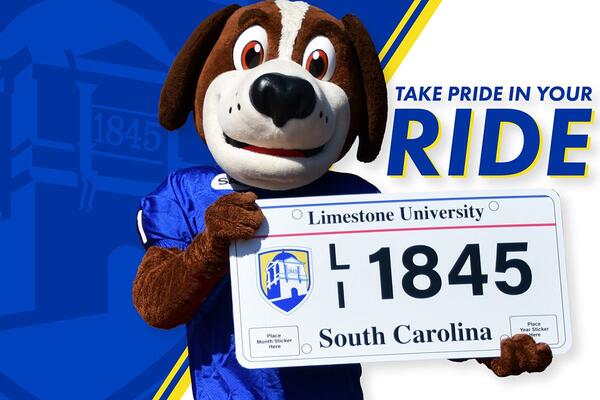September 8th, 2022
Limestone University Announces Launch Of Experiential Major Maps

Limestone University’s Center for Career and Professional Development has announced the launch of Experiential Major Maps as the newest part of its academic toolkit.
Limestone is currently one of only a few higher education institutions in South Carolina to have such a resource available.
Experiential Major Maps serve as a year-by-year plan based on a student’s unique interests and helps them explore resources available on campus, get hands-on experience such as internships, and see career paths available to their major. The tool aids students in understanding the “whole picture” and identifying experiences inside and outside the classroom to enable them to develop career-readiness skills and be prepared for graduate school or the workforce.
The maps can be accessed at www.limestone.edu/saints-maps. They can also be accessed through the student portal known as The Halo, as well as on each individual degree webpage on the University’s website.
“Limestone’s mission is to ensure students graduate equipped with the knowledge and confidence necessary to achieve a successful and fulfilling career,” said Provost Dr. Monica Baloga. “This project upholds our commitment to that mission and to student success. We are leading the way with this initiative, and we are confident these tools will empower students through the journey of professional development.”
The Experiential Major Maps project was initiated in July last year. The committee was steered by Limestone’s Director of Career & Professional Development, Lindsay Bartholomew, and included Justin Davis, Katie Jones, Tom LeGrand, Katie Maher (a former student-intern), Stacey Mason, Michelle Phillips-Meek, and Kelly Tillinghast.
The new initiative also comes at a time when Limestone is significantly outpacing its competition in career outcomes and continued education rates of graduates. A recent survey of 421 Limestone graduates, conducted by the University, revealed an overall career outcome rate of 93.6 percent within six months of receiving their degrees. The data represents both undergraduate and graduate programs, including 49 majors during the 2020-2021 academic year. Of those fields of study represented, 28 had career outcome rates of 100 percent.
The career outcomes rate is defined as the percentage of the graduating classes for whom an outcome is known who have accepted employment, been accepted to graduate or professional school, engaged in formal or military service, or were considering multiple offers of employment at the time of survey collection.
“These results are a testament to Limestone’s academic quality and to the dedication of our students, professors, student success coaches, and our career and professional development team,” Limestone President Dr. Darrell Parker said when the date was released earlier this year. “Employers are aware that Limestone prepares its students for the workforce in a variety of chosen fields.”


